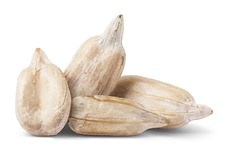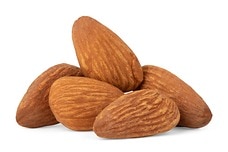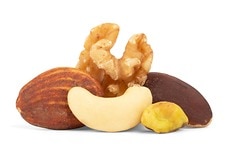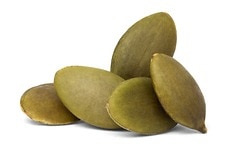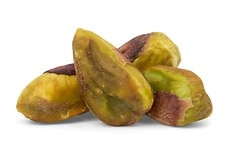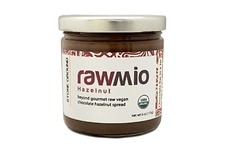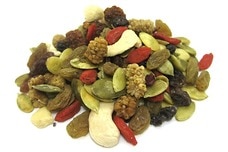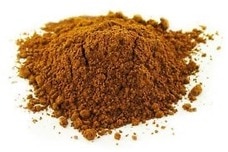Raw Food Diet
The majority of foods eaten in a typical American diet are cooked or otherwise processed. Boiling, steaming, frying, and baking foods change the structure of their underlying molecules. Although cooking often has desirable effects, such as improving texture or killing potential disease vectors, some people worry that cooking food may also alter its nutritional value. Proponents of the raw food diet restrict their meals to only foods that remain uncooked. Raw Food Diet adherents believe that eating raw foods may stimulate weight loss and decrease risk of certain diseases.
What Happens When You Cook Your Food?
At its most basic level, food consists of conglomerations of protein, fat, and carbohydrate molecules. These macromolecules contain subcomponents that determine their texture, taste, and physical properties. For example, a bowl of sugar and a potato both contain carbohydrates. However, they appear and taste very different because of the molecular differences in the kinds of carbohydrates of which they are composed.
Applying heat to food causes the conformation of carbohydrates, fats, and proteins to change. Take red meat as an example (Edformatics, 1999). At low temperatures, a protein called myosin denatures, causing meat to become more pink. As temperatures rise to 140 degrees Fahrenheit, its collagen structure changes. This causes the tissue to release juice, shrink in size, and become more chewy. At temperatures approaching 160 degrees, collagen transform into gelatin, making meat fibers somewhat more tender.
Cooking processes such as browning meat, boiling eggs, or baking a cake all alter the structure of underlying components. Not only does this alter the texture of food, but it may also impact its nutritional value.
Raw Diet Adherents Worry that Cooking Harms Nutritional Value
Fresh fruits and vegetables are full of beneficial phytonutrients, enzymes, and other molecules with antioxidant effects (Prior & Cao, 2000). These nutrients have been associated with lower risk of cholesterol, diabetes, cardiovascular disease, and even cancer. Scientists' understanding of these antioxidants is in its infancy, meaning that we do not know much about how cooking affects their properties. However, raw food enthusiasts believe that applying heat to foods denatures beneficial proteins and destroys these helpful molecules.
Cooking food may also contribute to the presence of molecules that can harm human health. For example, cooking food to more than 248 degrees Fahrenheit appears to increase levels of the chemical acrylamide (National Cancer Institute, 2008). Acrylamide forms when certain amino acids, the building blocks of proteins, are heated to high temperatures. Acrylamide may increase cancer risk, although more research in humans is needed to determine whether levels found in cooked foods are harmful for health. Cooking meat and fish also increase levels of heterocyclic amines, which have been associated with cancer in laboratory animals (Layton et al., 1995).
Central Aims of the Raw Diet
The central aim of the raw diet is to minimize consumption of cooked or otherwise heated foods as much as possible. Some people seek to achieve 75% raw diets, while others aim for a fully 100% raw diet (U.S. News and World Report, n.d.). Raw foods are defined as those that have never been heated to more than 115 degrees Fahrenheit.
Raw food recipes include fruits, vegetables, nuts and seeds, raw oils, herbal tea, and dried legumes (e.g., chickpeas, lentils, mung beans). Sprouted grains are also acceptable. All processed foods, meals containing refined flour or sugar, caffeinated beverages, and pasteurized dairy products are off limits. In practice, many raw food followers are vegan.
Research Evidence for the Raw Food Diet
Research evidence supporting the raw food diet is mixed. There is limited evidence that cooking meaningfully limits the amount of beneficial nutrients in food. In fact, for the beneficial nutrient lycopene, cooking actually increases its ability to be absorbed by the body (Subramanian, 2009).
Eating raw food recipes may improve some aspects of nutrition while limiting others. For example, a 2005 study conducted by researchers at the German Institute of Human Nutrition tracked 201 people who adhered to a strictly raw diet (Koebnick et al., 2005). These raw foodists tended to have low levels of “bad” LDL cholesterol and low levels of triglycerides. However, a significant proportion of raw dieters also had a deficiency of vitamin B12 and low concentrations of “good” HDL cholesterol.
Raw food diet adherents must be careful to get enough B vitamins and other beneficial nutrients. Furthermore, those who consume raw dairy products, meat, fish, or eggs should be aware of risks of foodborne illness.
Fresh fruits and vegetables are a good source of phytonutrients that have well-documented beneficial health effects (Prior & Cao, 2000). However, there simply is not enough scientific evidence to support the claim that cooking food destroys its beneficial nutrients.
Raw Food Recipes
We’ve provided the recipes below to help ensure that your raw food diet remains nutritionally complete. Find meals and snacks that supply ample amounts of needed nutrients below!
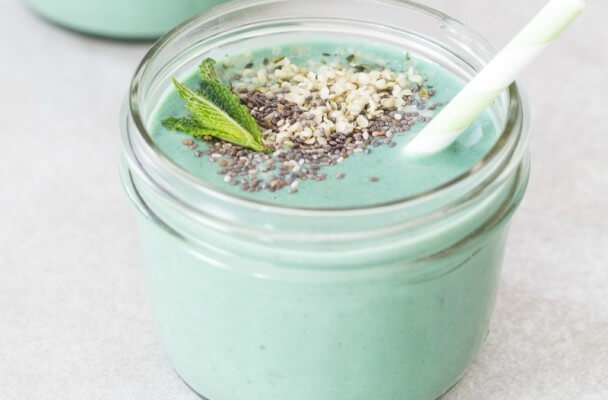
Protein-Packed Detox Smoothie Recipe {vegan}
This blended beverage will quickly become a staple of your daily diet with a rich nutritive value that includes nearly 20 grams of protein, and more than 50% of the Daily Value for both calcium and iron!
Ingredients: Almond milk, frozen banana, spirulina, hemp protein powder (optional), fresh mint, chia seeds, hemp hearts.
Total Time: 5 minutes
| Yield: 2 servings
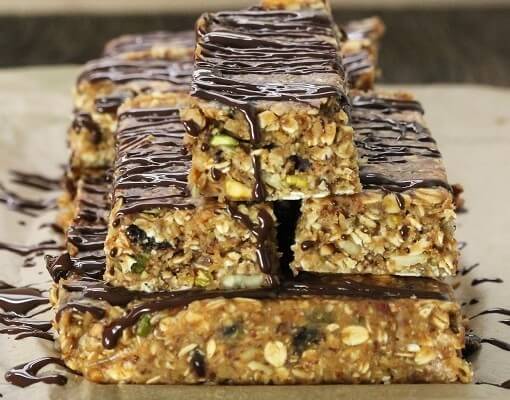
No-Bake Granola Bars Recipe {gluten-free, vegan}
Our no-bake granola bars offer a familiar chewy texture without the need for baking. The melted dark chocolate topping is completely optional, so simply forego its added saccharinity to enjoy the rich nutritive offerings and delicious taste of these scrumptious snacks!
Ingredients: Gluten-free rolled oats, peanut butter, dried tart cherries, pistachios, flaxseed meal, walnuts, pumpkin seeds, sunflower seeds, agave syrup. unsweetened applesauce, melted cacao nibs or dark chocolate.
Total Time: 15 minutes
| Yield: 8 - 10 servings
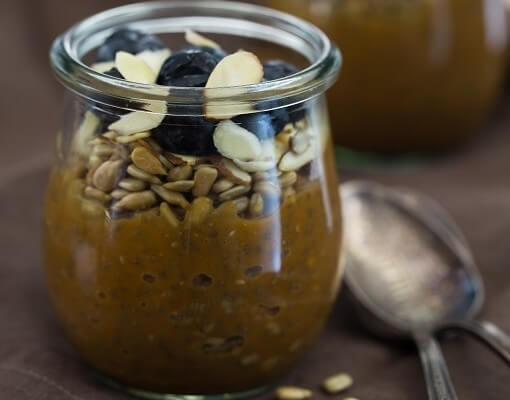
Pumpkin Chia Seed Pudding Recipe
Using raw almond milk in this recipe creates a raw confection that supplies an ideal balance of nutrients. Enjoy this pudding in the morning for a healthy helping of protein, complex carbohydrates and more with a redolent flavor you’ll love.
Ingredients: Milk, pumpkin puree, chia seeds, maple syrup, pumpkin spice, sunflower seeds, sliced almonds, fresh blueberries.
Total Time: 10 minutes
| Yield: 4 servings
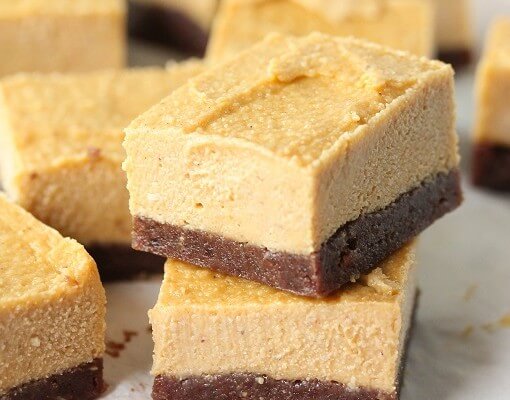
No-Bake Cheesecake Bites Recipe {gluten-free}
These scrumptious cheesecake bites are made with ingredients that can all be found in raw forms. Each piece is rich with a scrumptious savor that will have you adding this recipe to your regular regimen of raw foods.
Ingredients: Pitted dates, almond flour, cacao powder, vanilla extract, almond milk, raw cashews, maple syrup, canned pumpkin, pumpkin spice.
Total Time: 20 minutes
| Yield: 16 - 20 squares
Raw Food Snacks
Check out the ready-made raw foods to enjoy as light bites between meals with the raw food list below.
Healthy Eating
- Healthy Snacks
- Healthy Highlights
- 5 Uses for Cacao Powder
- 5 Ways to Eat Farro
- 6 Best Gluten-Free Foods
- Alcohol and the Body
- Almond Flour Recipes
- Anti-Aging Superfoods
- Beat the Afternoon Slump
- Benefits of a Plant-Based Diet
- Benefits of Baobab
- Benefits of Cashews
- Benefits of Coconut Oil for Hair
- Benefits of Coconuts
- Benefits of Dates
- Benefits of Fenugreek
- Benefits of Garcinia Cambogia
- Benefits of Goji Berries
- Benefits of Kale Chips
- Benefits of Monk Fruit Sweetener
- Benefits of Peanuts
- Benefits of Pecans
- Benefits of Pistachios
- Benefits of Pumpkin Seeds
- Benefits of Spelt Flour
- Benefits of Steel Cut Oats
- Benefits of Sunflower Seeds
- Benefits of Tiger Nuts
- Benefits of Turmeric
- Benefits of Walnuts
- Benefits of Wheatgrass
- Best Food Fads
- Cacao vs Cocoa
- Caffeine-Free Energy Foods
- Chocolate That's Good for You
- Diet vs. Exercise
- Fat Burning Foods
- Food Myths Debunked
- Foods for Bone Density
- Foods for Colon Health
- Foods for Healthy Hair
- Foods for Healthy Skin
- Foods to Help Sleep
- Foods to Reduce Stress
- Green Tea Benefits
- Healthy Baking Flours
- Heart Healthy Habits
- High Protein Health Risks
- How to Boost Your Metabolism
- How to Lose Weight While Aging
- How to Throw a Vegan BBQ
- Kaniwa vs Quinoa
- Little Health Foods
- Low-Carb: Fad or Friend?
- Making Healthier Desserts
- Mediterranean Diet Meal Plan
- Natural Beauty Products
- Nuts for Weight Loss
- Preparing Vegan Meals
- Preventing Muscle Degeneration
- Rare Superfoods
- Reduce Sugar Intake
- Save Time By Going Vegan
- Smarter Snack Swaps
- Smoothie Ingredients
- Soy Protein vs Whey Protein
- Starting a Plant-Based Diet
- Steel Cut vs Rolled Oats
- Sugar Substitutes
- Vegan Proteins
- Vegan Substitutions for Fall Recipes
- Why Go Vegan
- Healthy Meals
- Healthy Recipes
- Sports Nutrition
- Vitamins, Minerals & Nutrients


